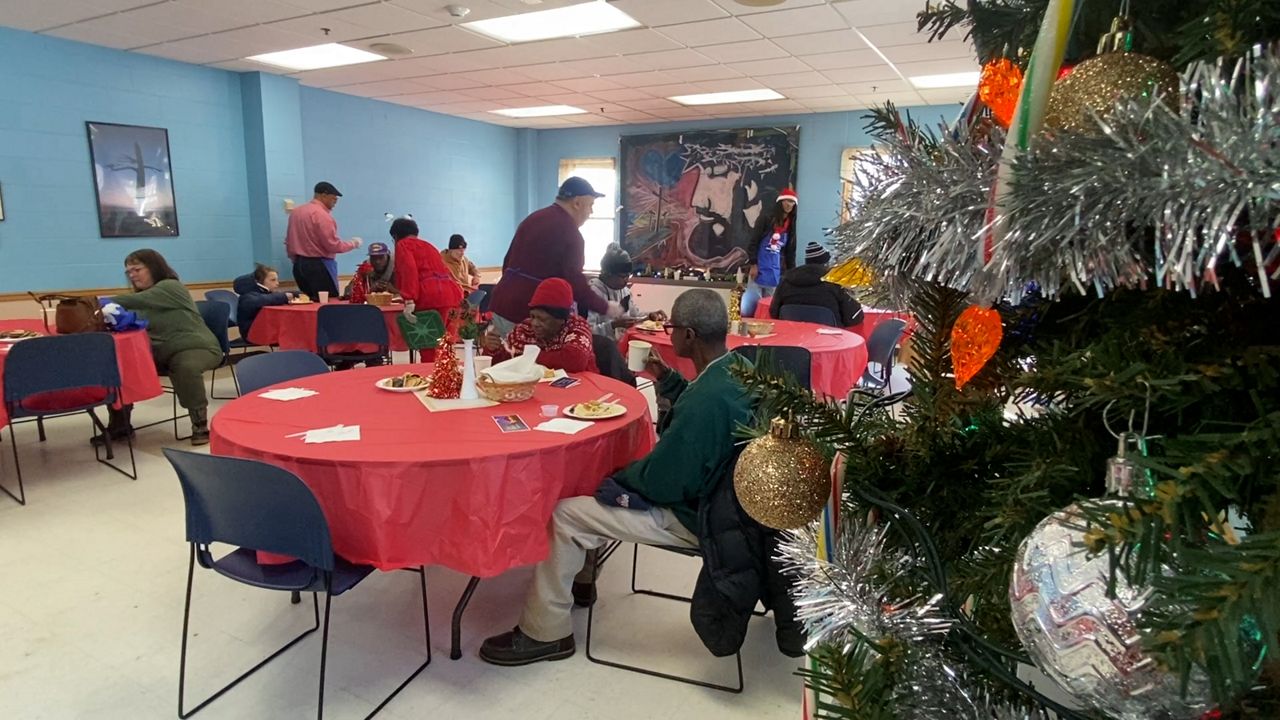On a recent episode of his popular podcast, comedian Conan O'Brien mentioned a letter he wrote in high school to author E.B. White. That inspired librarians at Cornell University to go on the hunt.
The university is home to the E.B. White collection, gifted by the Cornell alum more than 50 years ago. It turns out O'Brien's letter is one of the thousands of documents there.
Behind several locked doors at Cornell, inside the “vault” is where you can find the rare and manuscript collections.
“We are lucky enough to have the papers of E.B. White [Elwyn Brooks White]. He’s Cornell class of 1921. He actually gave us the bulk of the collection while he was still alive in 1965,” said Cornell Research Services Librarian Eisha Neely.
The E.B. White Collection at Cornell is extensive with 265 boxes including photographs, manuscripts, and personal letters.
“I think everyone has encountered his writing in some form at some point in their lives,” said Neely.
White wrote well known children's books such as Charlotte’s Web, Stuart Little, and Trumpet of the Swan. He wrote essays for the New Yorker on a typewriter held in the collection.
“We know that because we also have a photo of him in his office with his typewriter and his dog Minnie,” said Neely.
“The first time that I saw the first draft of Charlotte’s Web where he sketched a little picture of Charlotte in the corner, and drew out the farm, I literally almost cried it just so powerful somehow,” said Neely.
When he wrote the first draft of Stuart Little, it's originally written the little mouse was birthed by his human mother. Later copies change just one word, to suggest Stuart is adopted.
“There is a process to writing and it’s okay if the first draft isn’t perfect. Revision is key,” said Neely.
Having a trail of papers tracing a book’s journey is less and less common in a world where most things are typed digitally.
“People don’t save physical drafts of their novels as they go along right? They just delete. Rewrite within the document itself, so to be able to see the writer’s process, the way you can with papers like these, is increasingly rare,” said Neely.
The collection is only open for viewing by researchers.









